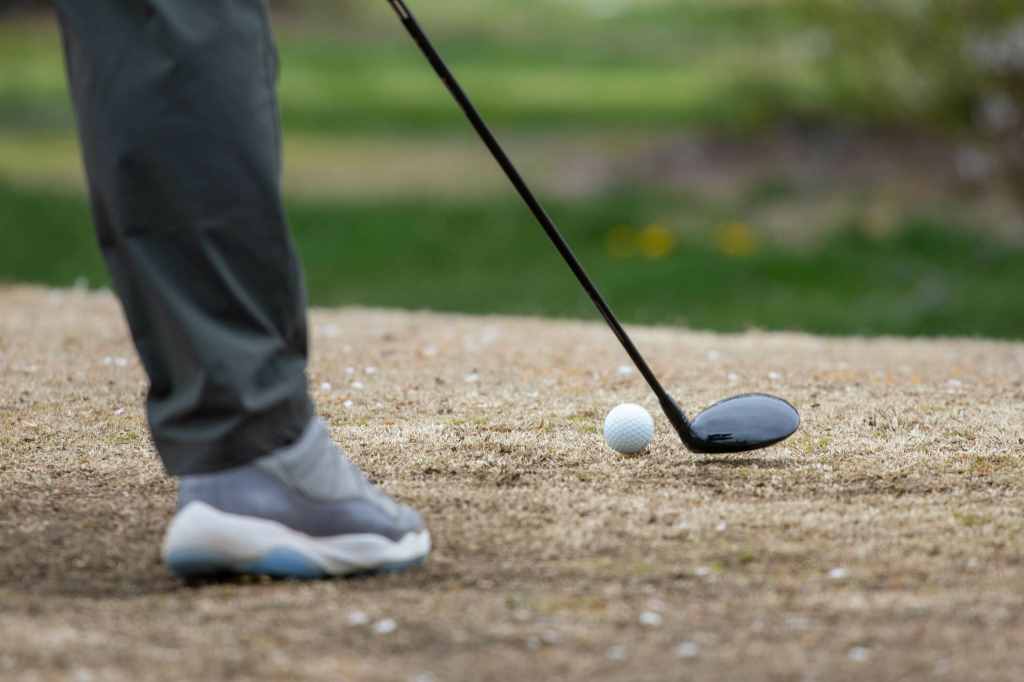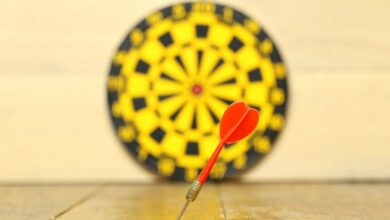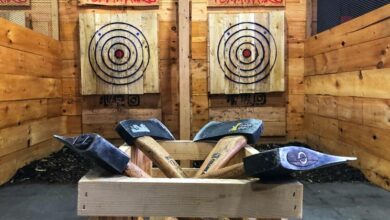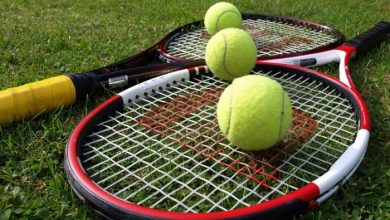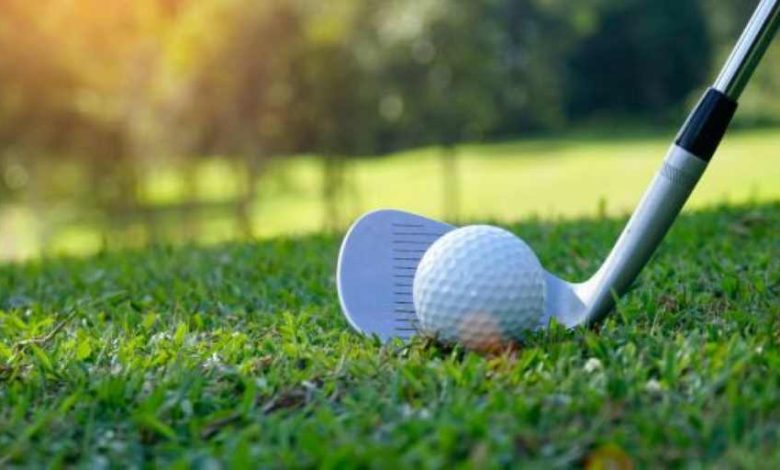
Golf balls are often overlooked in the grand scheme of golf equipment, yet they play a crucial role in every shot you take on the course. Understanding the nuances of golf ball technology and how it can impact your game is essential for any golfer looking to improve their performance and lower their scores. To get the most out of your game, consider how many acres a golf course covers, as this can influence the types of shots and golf balls that are most effective. Read more about the impact of golf ball technology and course dimensions on your game to enhance your strategy and equipment choices. In this comprehensive article, we delve into the world of golf balls, exploring their construction, types, and how to choose the perfect one for your game.
The Anatomy of a Golf Ball
Modern golf balls are marvels of engineering, meticulously designed to optimize performance and cater to different player types. Beneath their seemingly simple exterior lies a complex structure that influences factors like distance, spin, and feel. Let’s take a closer look at the main components of a golf ball:
- Core: The core is the heart of a golf ball, typically made of rubber or a similar material. It influences the ball’s overall compression, which in turn affects its feel and distance. Softer cores generally provide a softer feel and lower spin, while firmer cores offer a firmer feel and higher spin.
- Mantle Layers: One or more mantle layers surround the core, each made of a different material with varying firmness. These layers fine-tune the ball’s performance characteristics, influencing its spin, launch angle, and overall feel.
- Cover: The outermost layer of a golf ball, typically made of a durable material like urethane or Surlyn, plays a crucial role in determining the ball’s spin, feel, and durability. Urethane covers are known for their exceptional spin control and soft feel, while Surlyn covers offer greater durability and distance.
- Dimples: The countless dimples on a golf ball’s surface are not merely for aesthetics. They create turbulence in the air around the ball, reducing drag and increasing lift, resulting in longer and straighter shots.
Types of Golf Balls
Golf balls come in various types, each designed to cater to different player types and skill levels. Choosing the right type of golf ball can significantly impact your performance on the course. Let’s explore some of the most common types:
- Distance Balls: These balls are designed to maximize distance, making them ideal for golfers seeking to add yards to their drives. They typically feature low spin and a firm feel, providing a high launch angle and low trajectory for maximum carry.
- Tour Balls: Tour balls offer a balance of distance, spin, and feel, making them suitable for a wide range of players, from low handicappers to mid-handicappers. They feature a multi-layer construction and a urethane cover, providing exceptional spin control around the greens and a soft feel.
- Spin Balls: As the name suggests, spin balls prioritize spin control, particularly around the greens. They are favored by skilled players who rely on generating high spin for precise shot-making and control. Spin balls typically feature a soft urethane cover and a multi-layer construction.
- Value Balls: Value balls offer a more affordable option for golfers who prioritize cost over performance. While they may not offer the same level of performance as premium balls, they can still provide decent distance and feel for recreational players.
Choosing the Right Golf Ball
Selecting the perfect golf ball for your game requires careful consideration of several factors, including your skill level, swing speed, and playing style. Here are some tips to help you make an informed decision:
- Skill Level: Beginners and high handicappers may benefit from distance balls that prioritize distance and forgiveness. Mid-handicappers and low handicappers may prefer tour balls or spin balls that offer a balance of distance, spin, and feel.
- Swing Speed: Golfers with slower swing speeds may find it challenging to compress firmer golf balls, resulting in reduced distance and feel. Softer compression balls can be a better option for these players.
- Playing Style: If you rely on generating high spin for precise shot-making, spin balls are an excellent choice. If you prioritize distance and forgiveness, distance balls are a good option.
- Feel: Golf ball feel is a personal preference. Some players prefer a soft feel, while others prefer a firmer feel. Experiment with different types of golf balls to find one that feels comfortable and suits your swing.
The Importance of Golf Ball Fitting
Golf ball fitting is a process that involves testing different types of golf balls to determine which one best suits your game. A professional golf ball fitting can help you identify the ideal ball for your swing speed, launch angle, spin rate, and overall performance.
During a fitting, you will hit several shots with different golf balls while a launch monitor tracks data such as ball speed, launch angle, spin rate, and carry distance. This data allows the fitter to recommend the best golf ball for your game, potentially leading to improved performance and lower scores.
Caring for Your Golf Balls
Proper care and maintenance can extend the lifespan of your golf balls and ensure optimal performance. Here are some tips:
- Clean Your Balls: Regularly clean your golf balls with warm water and mild soap to remove dirt and debris that can affect their flight and spin.
- Inspect for Damage: Check your golf balls for cuts, scuffs, or other signs of damage that can compromise their performance.
- Store Properly: Store your golf balls in a cool, dry place away from direct sunlight and extreme temperatures.
Conclusion
Golf balls are more than just simple spheres; they are intricate pieces of equipment that can significantly impact your game. Understanding the different types of golf balls and choosing the right one for your skill level, swing speed, and playing style can lead to improved performance, greater enjoyment, and lower scores on the course. Remember, the golf ball is the only piece of equipment you use on every shot, so investing in the right one is a wise decision for any golfer looking to take their game to the next level.
Remember:
- The golf ball you choose can significantly impact your performance on the course.
- Consider your skill level, swing speed, and playing style when selecting a golf ball.
- Golf ball fitting can help you identify the ideal ball for your game.
- Proper care and maintenance can extend the lifespan of your golf balls.

